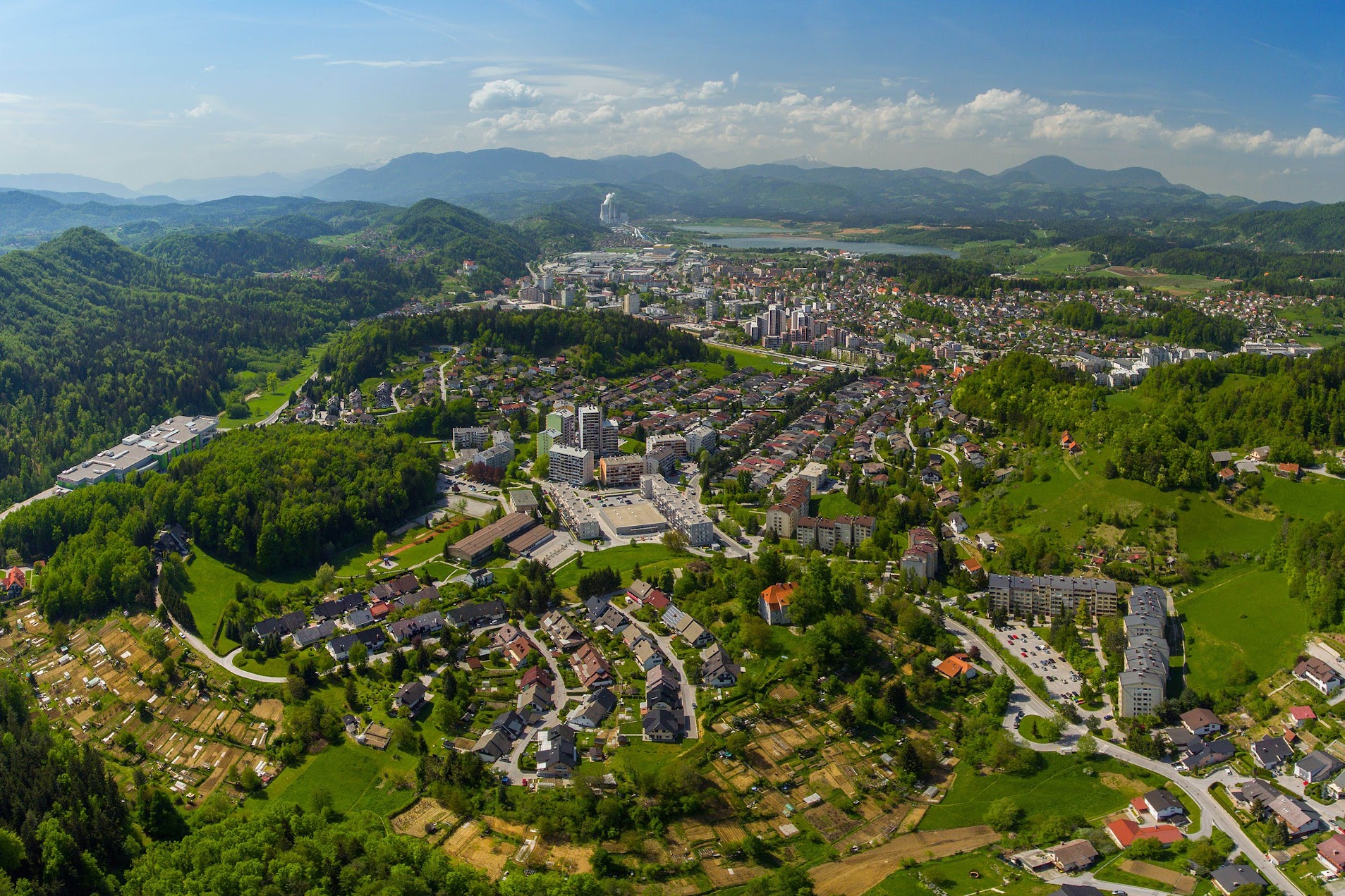The Šaleška Valley hosts Slovenia’s second-largest district heating system (DHS), supplying heat to around 40,000 residents and over 12,000 consumers. The system is heavily dependent on coal-fired thermal energy from the Šoštanj Thermal Power Plant (TEŠ), using primarily lignite (80%) and gas (20%). The infrastructure is extensive but outdated, with thermal losses averaging 26.4%, making a shift to sustainable sources critical. The district heating network is owned by the Municipality of Velenje. It is operated by Utility company Velenje, while heat production is provided by TEŠ.
The pilot aims to decarbonize the DHS by gradually replacing coal with renewable and waste heat sources. The core focus of the project is to assess the potential of woody biomass in three statistical regions (Savinjska, Koroška, and Podravska) to support the transition to renewable energy. In addition, the project investigates the potential for utilizing excess (waste) heat and explores shallow geothermal resources in the local area. While no specific infrastructure upgrades are planned within this pilot, the project explores possible future measures such as the integration of biomass boilers, high-temperature heat pumps using wastewater heat, and solar thermal collectors, as well as a long-term transition to a third-generation, low-temperature district heating network. All activities are supported by stakeholder engagement and monitoring frameworks.
The action will significantly reduce CO₂ emissions, improve energy efficiency, and enhance system reliability. It will diversify energy sources, reduce dependence on fossil fuels, and contribute to national goals of phasing out coal by 2033. The transition supports economic restructuring, promotes energy security, and serves as a replicable model for other coal-dependent regions in Europe.
